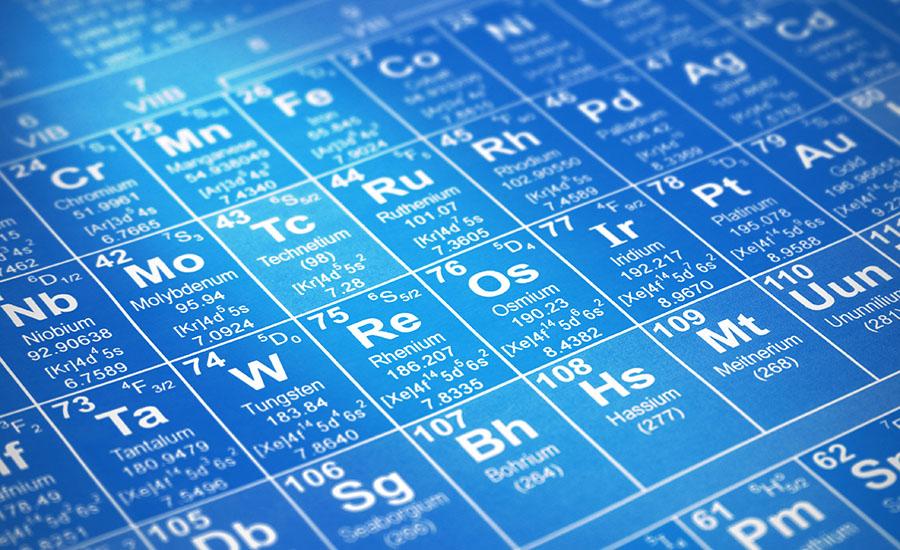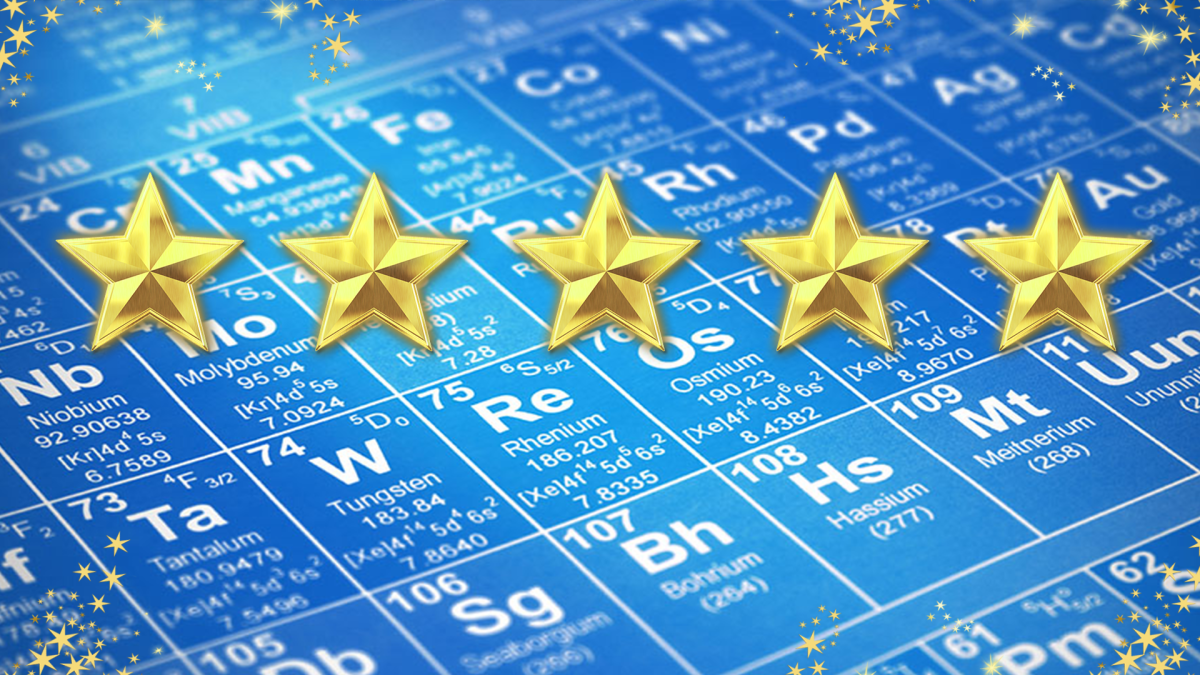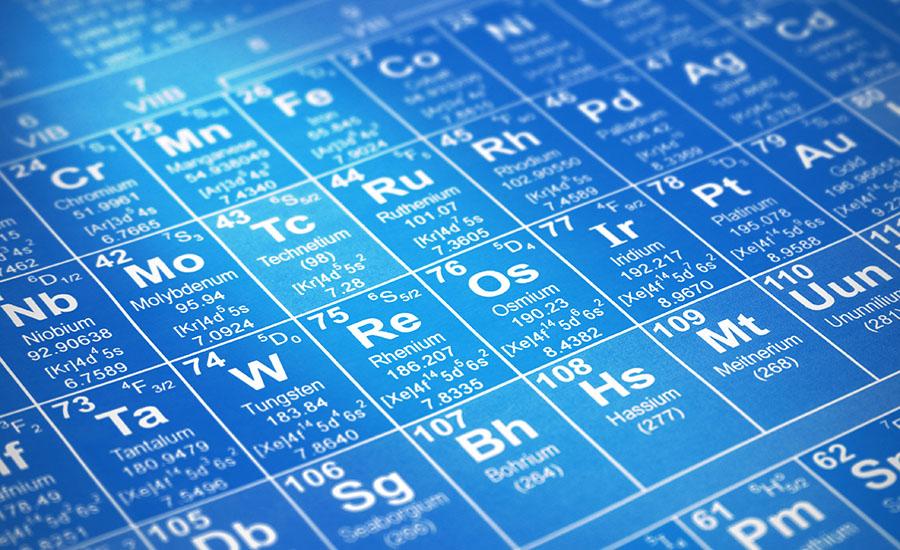
Electrons and Light Part 1
by Laura Winder
This is a phenomena-based introduction to how emission spectra of elements and the connection to electrons and energy levels. Students first get to explore the emission spectra of several gases using diffraction gratings, and also view the different colors of light visible as metal salts are heated in a flame. Students fill in an OWL notes sheet to record what they observe and wonder. They then get to watch two short videos and explore two simulations to learn more about how the different colors of light are produced.
Lesson Plan Link/URL
https://docs.google.com/presentation/d/1t3RXpnUajYUfhtQXRUx498NQfg-2VY1j/edit?u…Related Content

Grades:
9th Grade, 10th Grade, 11th Grade, 12th Grade
The first rule in the chemistry lab is “don’t eat or drink or lick anything in the lab”! This lesson breaks those rules and shows students how culinary is really a practical application of chemistry

Grades:
10th Grade, 11th Grade, 12th Grade
After learning about emission spectra, electron energy levels, orbitals and configurations, and periodic trends for atomic radius and ionization energy; this is concluding activity that require

Grades:
9th Grade, 10th Grade, 11th Grade, 12th Grade
Using the Introduction to Hydroponics lab, introduce students to the features of the Hydroponic Systems. Students will explore the different types of grow mediums and grow lights used in the systems